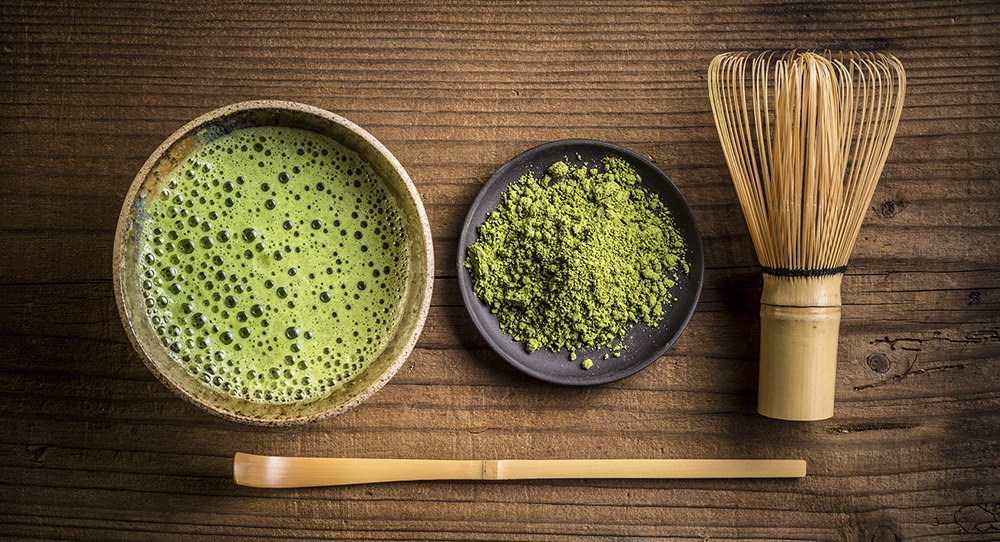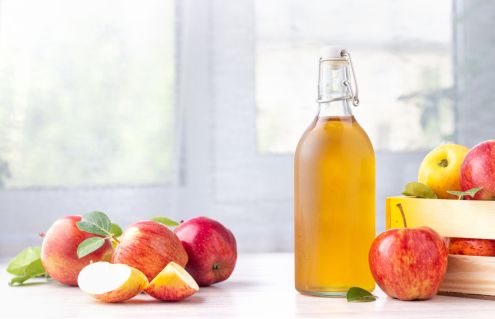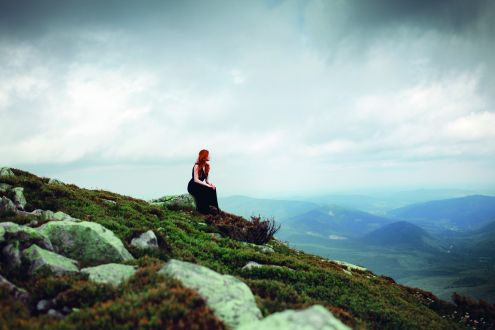Real nutrition: matcha green tea
This month, nutritionist Eve Kalinik raises her cup to the compelling and potent healing properties of green tea

The art of tea drinking is an ancient Chinese practice that is still part of Eastern culture. You might think this is far removed from the infamous mug of builder’s, but even our everyday cuppa is derived from its healthier cousin – green tea.
Tea comes in many varieties but all ‘real’ tea comes from the species camellia sinensis. It’s how the leaves are processed that transforms them into the types that are available to buy, and it’s usually the process of oxidisation that dictates this. Green tea has the minimal amount of processing or fermentation, hence it retains its original leaf colour. Factors such as climate, soil, weather and time of harvest will change the flavour.
Traditionally, the leaves are allowed to dry naturally and are hand-rolled multiple times to remove moisture, resulting in the final loose leaves. It’s a complex process that takes time and effort to yield the best end-product.
For centuries, the health benefits of green tea have been advocated in the East, and recent research proves that its antioxidant properties have far-reaching positive associations. These come primarily from polyphenols called catechins and EGCG (epigallocatechin gallate) that can positively impact and potentially reduce the risk of conditions such as cardiovascular disease, diabetes and cancer. So there is reason to believe that your cup may give you more of a boost than you realise.
And then there’s matcha – the powdered green tea leaf version grown shaded from the sun and milled into its finer form. This type of farming increases the plant’s chlorophyll, which gives it its vibrant green colour.
Since you are only ingesting the leaves, matcha could be considered a more potent form of green tea. Use it as a tea, made into a latte or added to sweet or savoury dishes.
When buying and drinking green tea, loose leaf and organic is ideal. Not just because purists say you get a more discerning blend, but because the process of steeping and infusing the loose leaves makes this a truly pleasurable experience – creating a relaxing moment to sit, sip and be still. Which is, after all, the whole point.
Read more from Eve and our #360me team on our dedicated Life Labs blogging channel, here.
Read Eve's recipe for matcha pancakes here.
Photograph: iStock









